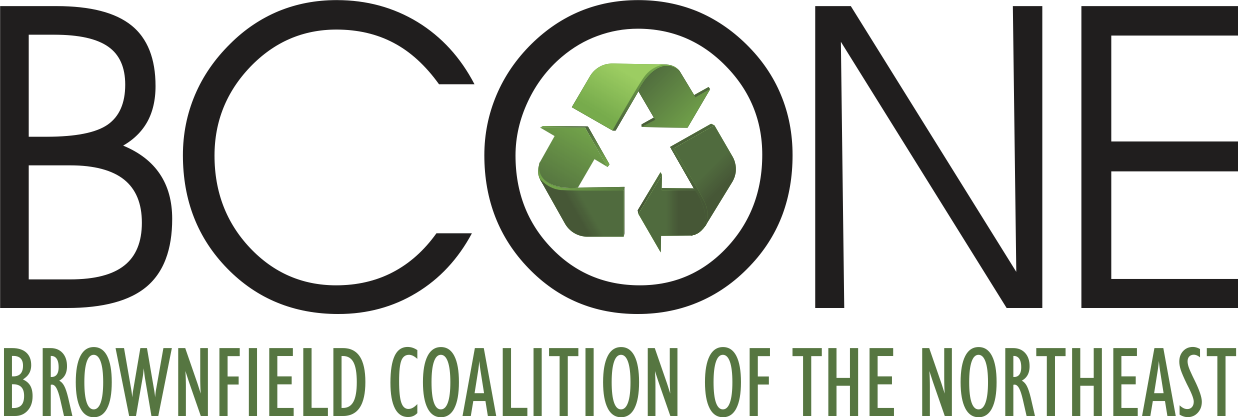By Steve Dwyer
Officials in Plainfield, Conn. are being schooled. And as they are, they’re hoping that the guidance leads to the creation of a local land bank and subsequent redevelopment of a long-abandoned mill property in the community.
Officials are using a compelling report to attract both cleanup money and developers to what’s currently a “burned-out” site. The community of Plainfield this summer was busy assessing how to best proceed with an environmental cleanup game plan at the former InterRoyal Mill property, with the assistance of a university-sponsored report dubbed the “Summary of Existing Environmental Conditions and Remedial Suggestions.”
Compiled by students and staff at the University of Connecticut’s geo-environmental engineering course—part of the brownfield assessment initiative—the draft was rich with new examinations of the InterRoyal Mill property, with UConn assessments combined with previously reported data from a 2016 assessment conducted by a separate party.
BCONE members know well how the university located in Storrs has made a strong commitment to best-practices brownfields: Witness the work conducted within UConn’s CT Brownfields Initiative (CBI) that draws in students across engineering, environmental, geology, real estate and consulting fields of study.
It’s this commitment that saw a team of four UConn CBI students earn the second Charlie Bartsch Brownfield Scholarship award in early 2019. The award was established by BCONE to honor the legacy of Bartsch, the renaissance brownfield specialist who passed in 2017.
The winning team of four students had been assigned to the town of Stafford, Conn. But, the CBI work transcends what was gleaned in Stafford. CBI students also performance environmental assessment duties in the towns of Clinton, Groton and Manchester.
Oh, and Plainfield too, which brings us back to the report summarizing the conditions at the 16-acre InterRoyal property. The document offered suggestions on remediation work recommended for potential private developers to take under advisement and then move the ball forward on an environmental cleanup plan.
“This is information we need to apply for more state or federal grant money,” said Plainfield First Selectwoman Cathy Tendrich. “It’s also the type of information companies ask us for when they call about developing the property.”
The 25-page UConn summary identifies 19 “areas of concern,” or AOCs, including waste paint sludge deposits, asbestos-impregnated basement areas, stagnant reservoir pools and old petroleum tanks. Those areas were noted in previous assessments as containing contaminated soil or groundwater.
The report pegged 10 of the AOCs for further investigation through sampling, screening and other testing. Those studies are estimated to cost roughly $70,000.
The report found remediation work is needed in at least 11 AOCs, work which would include soil evacuation, de-watering work and reservoir filling.
The question on how to address the InterRoyal property has been a sticking point for local leaders for years, even before a 2005 fire swept through the site. The 16.6-acre site houses a burned-out structure framed by dense overgrowth where soil and ground water has absorbed pools of caustic chemicals and whose infrastructure is riddled with asbestos, lead paint and mercury.
″(The site) has been subject to more than 20 environmental investigations, actions and removals of hazardous substances in the last 30 years,” the report states.
First Selectwoman Tendrich said despite the slow pace of cleanup at the property, the town regularly fields calls from potential developers about the mill.
According to a local news report, Tendrich and Planning & Zoning Supervisor Mary Ann Chinatti are hoping a plan to create a new “Eastern Connecticut Land Bank” will offer a clear way to come up with the $8 to $11 million cleanup price tag. “Under that plan, the nonprofit land bank would essentially take over the property listing and solicit private and foundation donations and grants for remediation,” Chinatti said. “Once the property is cleaned, it can come back to us or to developers.”
The proposed land bank needs to clear several hurdles before it’s created, the local news report states. “For something like this, that covers brownfields across Eastern Connecticut, you need, among other things, an IRS authorization, letters of support from two local municipalities and be designated a 501c3 nonprofit,” Chinatti said. “And it needs to be certified from the Department of Economic Community Development.”
Chinatti said forming such a land bank doesn’t preclude a private entity from coming in first and developing the property independently. “Once that mill property is developed, that leads to downtown revitalization,” she said.
Donate to the Charlie Bartsch Brownfield Scholarship Fund

